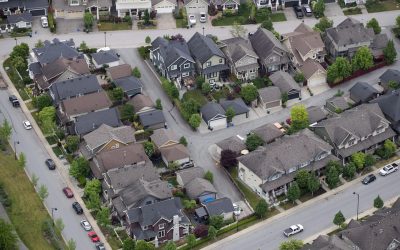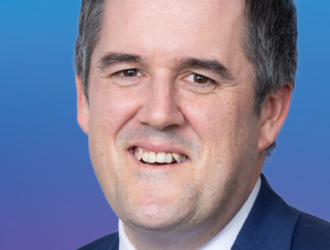THE Victorian Government has all but given up on a long-standing pledge to contain Melbourne’s urban sprawl, announcing another big expansion of the metropolitan boundary for new housing.
Six years after setting a “clear boundary” for the city in the Melbourne 2030 policy, the Government has succumbed to a booming population, a housing shortage and resistance to high-density development in established suburbs.
In a move that will hand windfall gains to big land owners on the urban fringe, Premier John Brumby said yesterday his Government would extend the boundaries to accommodate more than 134,000 new homes.
He said another 316,000 homes would have to be built in established areas and 150,000 in areas already released for development to meet demand.
Under the new plan, the Government has also revised its controversial policy of promoting development in more than 100 suburban “activity centres”, opting instead to focus mainly on six big centres.
The moves came as new figures showed Victoria’s population growth outpacing most of the nation, adding 93,000 in the 12 months to June 30.
A separate analysis predicted that Victoria’s population would grow by more than 40 per cent by 2036, with Melbourne alone adding 1.8 million people — nearly twice the number forecast in Melbourne 2030.
Under Mr. Brumby’s new plan, growth boundaries will be redrawn to the east of Cranbourne and between Caroline Springs, Melton and Werribee in the west. Land in the north-west surrounding Sunbury and north of Epping will also be considered for development.
The precise borders are yet to be determined, but more than 50,000 hectares of land is under investigation for development.
Within the old boundaries, development will be promoted at six newly designated business centres: Broadmeadows, Box Hill, Dandenong, Frankston, Footscray and Ringwood.
Mr. Brumby said the policy was “a big change from the kind of planning models you have seen in place for Melbourne in the past”. He said it was “fully consistent” with the state’s long-awaited transport plan, expected within days.
But the policy is a substantial shift from Melbourne 2030, which envisaged a high-density future for the city based on apartment living. Announcing the policy in October 2002, then premier Steve Bracks said he was establishing “a clear boundary to stop urban sprawl on Melbourne’s fringe”.
One of the main criticisms of the original plan was that it aimed to disperse business development across 116 centres, rather than focusing on a few high-priority centres.
Monash University urban planning specialist Bob Birrell said the new plan was a good idea, but the Government would have to work out how to attract businesses to the growth areas.
He noted that fashionable suburbs such as Brighton and Camberwell were not among those earmarked as business activity centres.
Opposition planning spokesman Matthew Guy said the Government had been forced to flip-flop because it could not count people properly. He said the population forecasts had changed three times in the past year and had missed a blow-out of 500,000 people — roughly the population of Tasmania.
The policy was released as the Housing Industry Association said the state’s building industry would not be able to meet the demand for houses this year. HIA’s acting Victorian executive director, Robert Harding, said new development would help home buyers but needed to be complemented by policies to encourage businesses and jobs to relocate to newly developed areas.
“It’s no good providing affordable land if that benefit is eaten up by transport charges,” Mr Harding said.
Land owners in the areas newly covered by the urban growth boundary will be charged a levy of $95,000 per hectare, with the money to be used to build roads and other infrastructure.
However, in a bid to fast-track development in areas that were within the old boundary before it was last moved in 2005, the Government will waive a levy of $80,000 per hectare that previously applied.
Villawood Properties executive director Rory Costelloe said the new boundaries would jump-start the property development industry and make houses more affordable. “This is a very positive step for Melbourne planning,” he said.
But Committee for Melbourne chief executive Sally Capp warned that too much development could put “green wedge” areas at risk.
Greens MP Greg Barber blasted the decision to extend the urban boundary and questioned whether Labor had ever been committed to limiting the spread of the city. “Melbourne 2030 has been exposed as an urban sprawl forever policy,” Mr Barber said.
Planning Minister Justin Madden denied the plan spelt the death of Melbourne 2030, saying yesterday’s announcement “reaffirmed all the major principles” of the policy.
“In particular, whilst we recognised there will be continued demand to accommodate new dwellings in the outer suburbs in those growth areas, we also recognised there will be need to provide an even greater number of dwellings in and around those established areas,” Mr Madden said.


